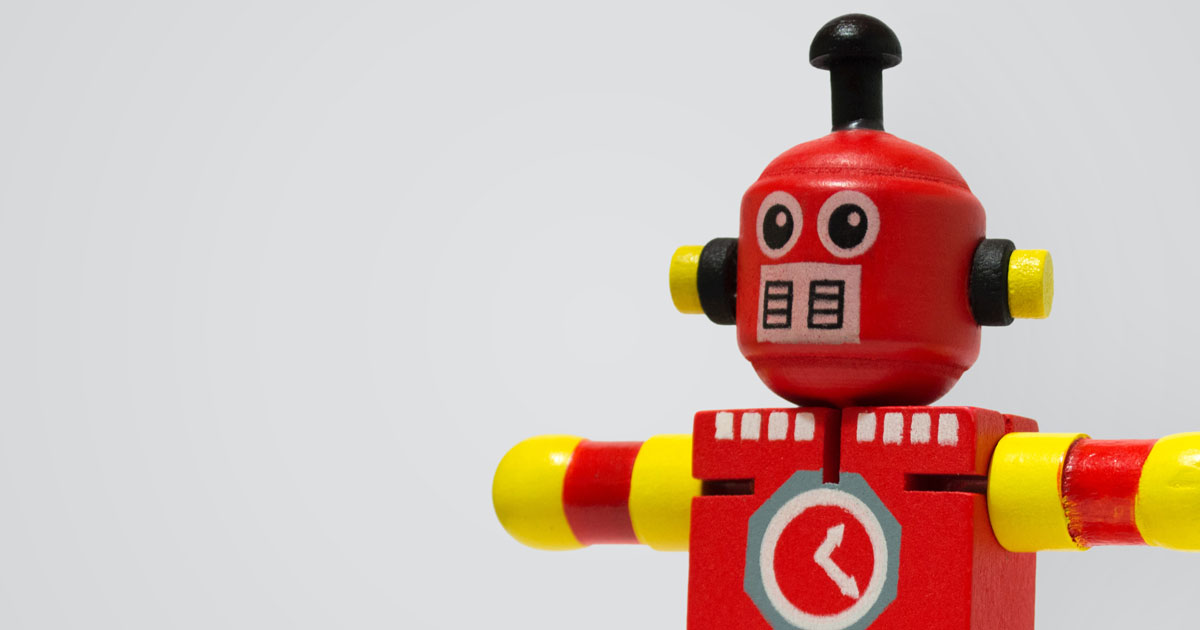The term, Customer Service Marketing, compels us to pay close attention to that part of the customer journey when the brand and the customer interact and/or transact.
This is what we might call the "pointy end" of a marketing strategy because it typically takes place after a customer has determined their needs, evaluated their options, and then made their decision to consider our products or services. It's not the end of the road, of course, because after an interaction takes place, the customer then determines whether or not it was an "exchange of value", which further determines if or how they'll tell others about their experience.
In reflecting upon a workshop I ran for the Tourism Industry Council of South Australia last week, entitled, TourismIQ Workshop: Customer Service Basics for Staff, the research and practice tips I shared, and the questions raised by participants, highlighted the obvious value of taking time out to focus on our customer service training and delivery through the deliberate lens of Marketing (with a capital M).
This is because off-the-shelf Customer Service workshops that teach people one-size-fits-all "tricks", risk being tone deaf to the brand promise of an organisation and, therefore, the expectations of their customers. For example, what is right and proper for a Ryanair staff member would be considered anathema to someone from Ritz Carlton.
Ultimately, the surest guide for Customer Service staff looking for confidence in decision making when situations surprise them, or become difficult, is to have a solid understanding of their brand and brand "voice" so they could instinctively answer, What Would My Brand Do?
Customer Service Marketing and the art of listening
There are many businesses, especially in hospitality and tourism, where the customer experience is mapped out around themes and novelties, such as this restaurant, hilariously lampooned in the comedy show, Portlandia.
In situations like these, all the Marketing Strategy thinking and planning that led to such an intricately-planned customer experience, is sorely lacking any deep Marketing reflection on how that brand promise should adapt to particular needs, dispositions, and constraints of "real world" customers.
I say, marketing reflection, because Word Of Mouth is a key marketing method and consideration; planning for how we want our brands "talked about" by others is a crucial consideration in marketing. However, as you can see in the video, the server wilfully ignored the customer's many, very clear cues of expressing their preference for a more streamlined interaction. As a marketer, I would be very nervous about the way this customer would end up talking about my restaurant, fearing it would be detrimental of my brand. Unless, of course, our brand was seeking a type of "Ryanair notoriety", in which the budget airline and it's leadership has often seemed to thrive on being deliberately dismissive of customer complaints.
As an aside, having frontline customer service staff who practice Active Listening (or who embrace being trained in it), is a great start towards practicing Customer Service Marketing. This is because these people will be better able to tailor customer experiences and, hopefully, also be supported in feeding back their experiences so the marketing team can adapt and adjust products and services in line with customer preferences and demand.
If you'd like a handy summary of these skills, Active Listening over on Skills You Need, is a very decent on.
How to adapt to Covid restrictions with Customer Service Marketing
As a final thought in this short reflection, there was some discussion in the workshop about the difficulties in Customer Service delivery, created by the wearing of masks.
As we all know, eye contact, facial expressions, and body language/posture, are all interdependent aspects of communication. Wearing masks obviously blocks our smiles, and some participants noted it has made the going tougher.
However, some interesting research by Bea de Gelder, professor of cognitive neuroscience at Maastricht University in the Netherlands, as captured in the Washington Post article, Yes, You Should Smile Behind Your Mask. Here's Why, notes that even though our customers cannot see our smiles, they can see the wrinkles around our eyes arising from genuine smiles, and it gives us energy for projecting warmth through other actions:
A nod, a wave or a “hello” can also create connection, de Gelder says. But, she says it’s harder to spontaneously engage in friendly gestures without a smile. She explains that the face, voice and body normally “hang together.” In other words, you’re naturally inclined to wave enthusiastically if you’re already smiling. If your expression is neutral, it takes more conscious effort to ramp up your body language.
So smile behind your mask as you wave hello. Not only is your obscured smile still discernible, but it will also help you find the energy for the nod, wave or hello that will seal the sentiment.
So, masks, do make it more difficult to communicate with our customers but there are two things to remember:
- We still see you are smiling via your eyes, head movement, posture, and tone of voice - so all the fundamentals still hold true
- It's also emerging from the research that customers view the fact that customer service staff are wearing masks, as a sign of customer care.
I hope this public reflection has been helpful and I hope it encourages you to explicitly consider the "customer service marketing" elements of your marketing plan, when next you hold a review.

